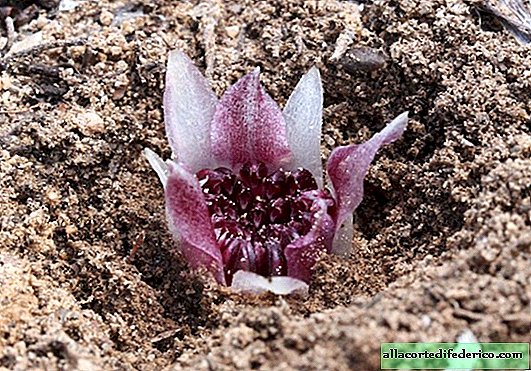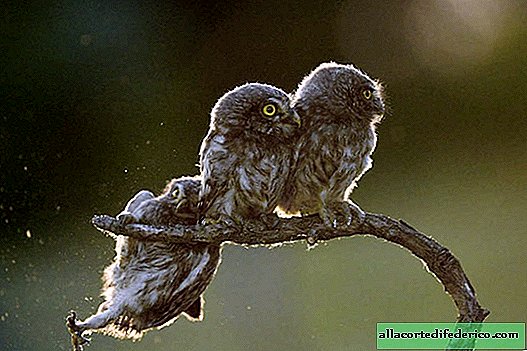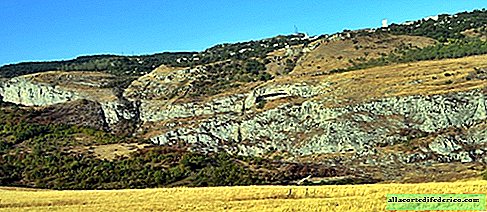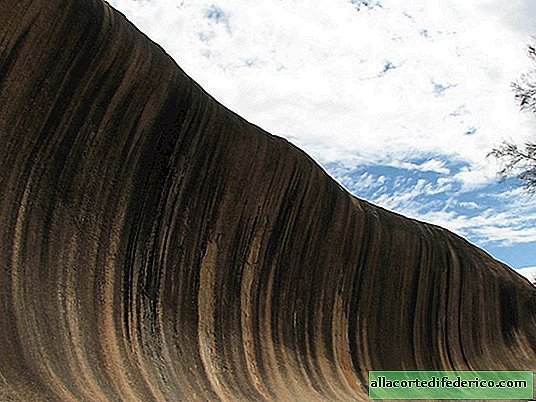Risantella Gardner: a strange orchid that grows underground in total darkness
This unusual plant, few were able to see live. And the point is not only that it is very rare and grows in a limited area, but also that this orchid grows underground. Today we are going to talk about a strange plant - Risantella Gardner.

This plant from the Orchid family has long been unknown to botanists. He was accidentally discovered in 1928 by a resident of Western Australia named Jack Trott. A man noticed unusual cracks in the ground in his garden, from which a pleasant floral aroma spread. Having excavated one of them, Trott saw a plant, which later became known as the Western underground orchid, or Gardner's risantella.
Underground orchid has a thick short white rhizome about 8-10 centimeters long. A complex inflorescence appears over the ground during the flowering period, consisting of several flowers whose aroma attracts pollinator insects. This species, like two related species from the genus Rhizantella, has no leaves and is devoid of chlorophyll. But this unusual orchid is able to grow underground and do without sunlight.

 Hooked Melaleuca (Melaleuca uncinata) - the host plant through which the risantella gardner lives
Hooked Melaleuca (Melaleuca uncinata) - the host plant through which the risantella gardner livesFor this reason, Gardner's risantella is a very vulnerable species. To date, this plant is listed in the International Red Book and has the status of a species that is on the verge of extinction. In total, in the state of Western Australia, 6 places were found where Rhysantella gardner grows, 3 of them are located in territories with special environmental status.

In the process of its evolution, Gardner’s risantella, like many parasite plants, decided to “cheat”: it found a host plant and got rid of unnecessary leaves. But this way of survival may eventually turn against her. After all, shrubs in western Australia are being intensively felled, including the number of representatives of the species of hooked melaleuk, which can not exist without an unusual underground orchid.


















